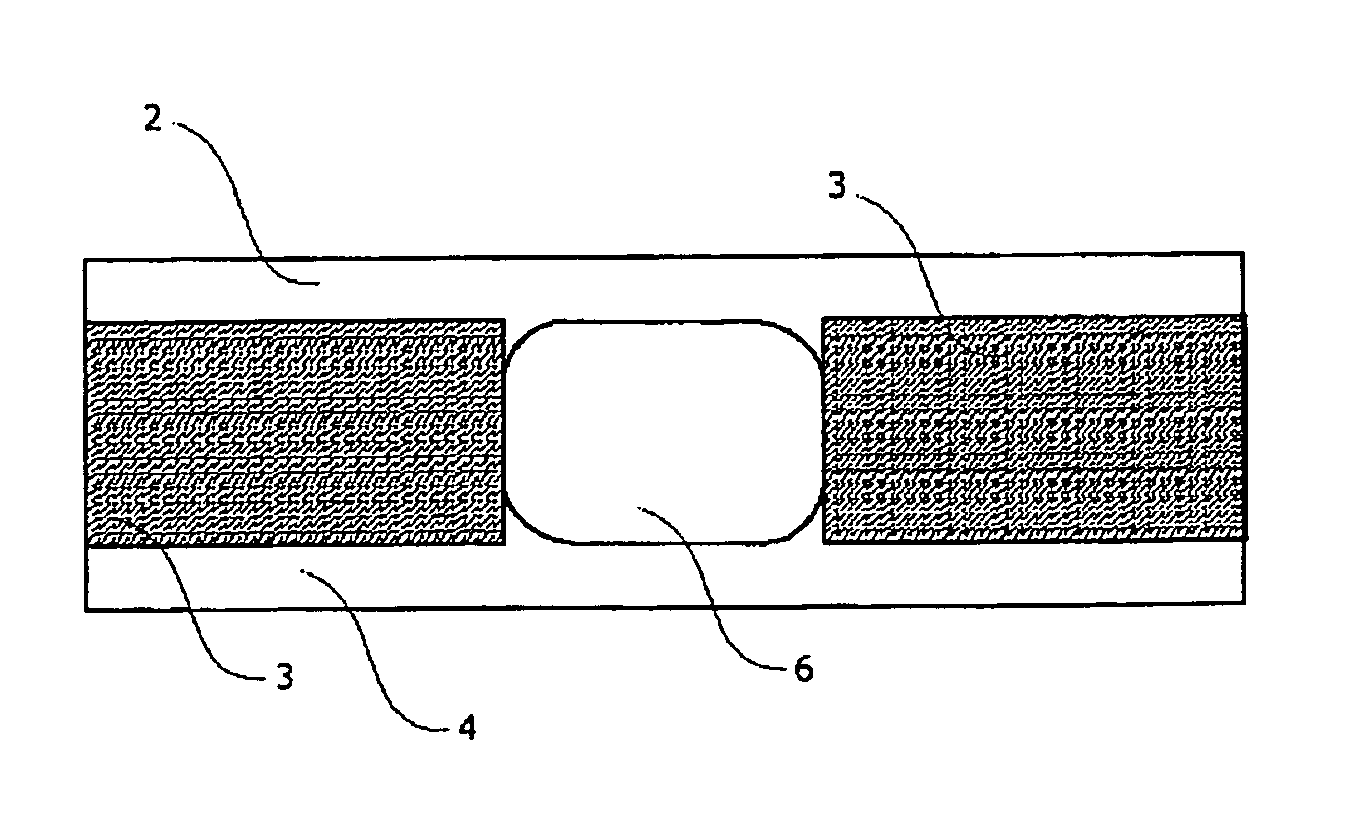Waveguide laser having reduced cross-sectional size and/or reduced optical axis distortion
a waveguide laser and cross-sectional technology, applied in the field of waveguide lasers, can solve the problems of large cross-sectional size of the conventional waveguide laser, and the inability to so as to reduce reduce the thermally induced distortion of the optical componen
- Summary
- Abstract
- Description
- Claims
- Application Information
AI Technical Summary
Benefits of technology
Problems solved by technology
Method used
Image
Examples
Embodiment Construction
[0021] In certain example embodiments of this invention, certain gas (e.g., CO2, N2, etc.) lasers may be constructed in stable, unstable, and / or waveguide resonator formats. The waveguide resonator format provides a relatively small waveguide cross-section (typically about 0.1 square inches, or other suitable dimension), and a higher discharge volume density than a stable or unstable resonator format. Existing design techniques create a large vacuum vessel around the waveguide, expanding the waveguide laser cross-section from about 0.1 square inches to typically about 2 square inches or the like. However, for certain applications (e.g., for product identification applications, such as, for example, marking food packaging and bottling, etc.), there is a need and / or desire to achieve a smaller cross-section. For example, it may be desirable in certain applications to achieve a cross-section of only about 1 square inch, or less, which translates into an almost 75% cross-sectional reduc...
PUM
 Login to View More
Login to View More Abstract
Description
Claims
Application Information
 Login to View More
Login to View More - R&D
- Intellectual Property
- Life Sciences
- Materials
- Tech Scout
- Unparalleled Data Quality
- Higher Quality Content
- 60% Fewer Hallucinations
Browse by: Latest US Patents, China's latest patents, Technical Efficacy Thesaurus, Application Domain, Technology Topic, Popular Technical Reports.
© 2025 PatSnap. All rights reserved.Legal|Privacy policy|Modern Slavery Act Transparency Statement|Sitemap|About US| Contact US: help@patsnap.com



